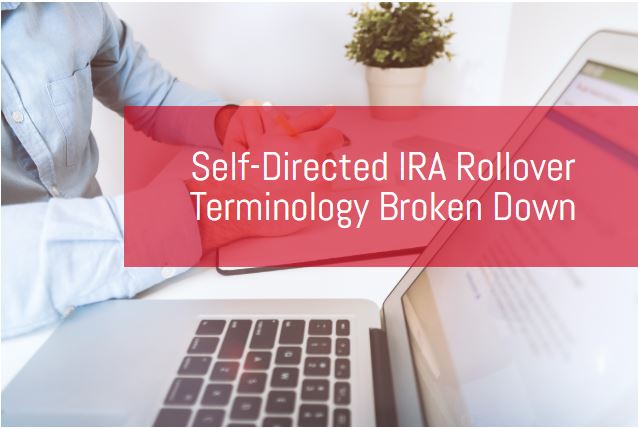
Rollovers are the most common way to transfer funds within retirement accounts. Transfers and rollovers are transactions that allows for the movement of assets between IRAs and 401K plans. Let’s go over the basic terminology.
Direct Rollover
A Direct Rollover is generally used when moving funds from an employer plan (like a former employer 401K) to an IRA. Under a direct rollover, the retirement plan administrator will send the retirement plan funds directly to the new custodian of your IRA. There is no tax consequence and there is no withholding. There is just a direct rollover of the funds to the new IRA account.
Indirect Rollover
An indirect rollover is a transfer of money from a tax-deferred 401K plan to another tax-deferred retirement account. If the rollover is direct, the money is moved directly between accounts without its owner ever touching it. In an indirect rollover, the funds are given to the employee via check for deposit to a personal account. If there is an indirect rollover, the owner must deposit the funds into the new IRA within 60 days to avoid paying income tax on the full amount, which can be upwards of up to 10% of the distributed funds.
60-Day Rollover Requirement
A 60-Day Rollover allows you to take a distribution from one IRA, so long as you re-deposit that same amount into another IRA within 60 days, and the funds no longer considered distributed. When using a 60-Day Rollover, you receive the funds personally from the current IRA plan custodian, and then re-deposit those funds into a qualifying IRA within 60 days. Failure to re-deposit in time will cause a distribution of the funds, and you will be subject to taxes on any applicable penalties (e.g. early withdrawal penalty if under 59 1/2) for failure to re-deposit in time.
IRS 10% Additional Tax on Early Withdrawals
In order to discourage people from using their retirement savings for anything other than retirement income, the IRS charges a penalty of additional tax on most early withdrawals from retirement plans. In general, an early distribution, or early withdrawal, is any money you take out of a qualified retirement plan before you reach the age of 59 ½.
If distributions are considered cash withdrawals and you haven’t turned 59½, they’ll be subject to a 10% additional tax. There are no exceptions (such as hardship withdrawals).
Transfers and rollovers for self-directed IRAs are always tax-free, and can be freely completed without a limit so long as the money goes directly from one retirement account to another.
One of the most common reasons for a rollover is a former employee not wanting to leave their contributed assets behind with the former employer. The second most common reason is wanting to take full advantage of the tax savings, or third, to simply consolidate assets.